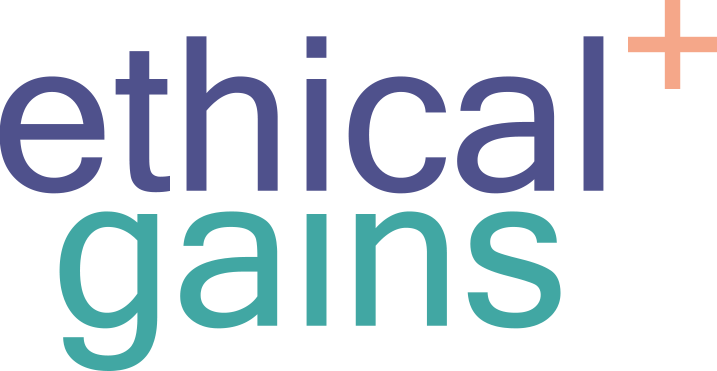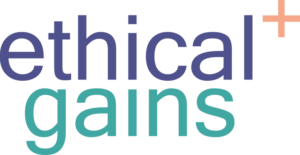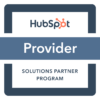Are you a B2B business? Would you like to reach an audience that includes 61 million senior level influencers plus 40 million decision-makers in their firms? LinkedIn has that audience, and is 277% more effective at lead generation than either Facebook or Twitter.
As with all social media sites, the problem is reaching that audience. The LinkedIn user base uses the site for two things; sharing informative content and networking with other professionals. Often, the first leads to the second. Content is important on the platform. In fact, 91% of executives rated LinkedIn as their number one source of professionally relevant information, according to a LinkedIn study. Being the one to provide that content establishes you as a leader in your field.
But how do you create content that will be read, engaged with, shared, and most importantly that converts readers to leads? We have some tips that will help.
1. Polish Up Your Business Page
It’s important to optimize your business page on LinkedIn to help generate leads. When people click through to your page, you’ll want them to know who you are and what you do right away. Here are some simple tips for optimizing your business page:
- The banner image is the first thing someone sees on your LinkedIn page. You’ll want to use an image that is clear, attention grabbing, and targeted to your audience.
- Rather than just describing your business, use the Business Description section to make a clear and compelling pitch to prospective customers. The first two lines of the description are the most important, so include your target market, a compelling value proposition, and the product or service offered.
- Don’t forget your Recent Updates section! Pages that post content at least weekly generate double the leads!
2. Use Showcase Pages
A showcase page is similar to a landing page, in that it targets a specific segment of your market. They can be used for different brands that your company owns, or to highlight specific services to specific customers. To make the most of them:
- Optimize your showcase pages for conversion. Keep the name of the page short and attention-grabbing.
- Create a showcase page for each target segment to make optimization more effective.
- Use eye-catching images, especially for the banner image
- Update content regularly
3. Create Long-form Content
Long-form (around 2,000 words) does well on LinkedIn, but you need to know your audience. In fact, most people on LinkedIn are looking for informative information related to their profession. The top performing types of content, according to LinkedIn, are:
- Industry trends and news
- Tips and best practices
- Information about jobs or skills
- Leadership and management
You’ll want to consider your target audience, and tailor your content to meet their needs. Informative content gets shared, because LinkedIn users want their connections to think of them as knowledgeable, and sharing good content shows that.
When creating long-form content, make sure your headline is strong, and that the first couple of lines are engaging. That will keep people reading.
When publishing long-form content, you have a couple of options; you could publish to your company blog and then post that on LinkedIn, or you could publish it on LinkedIn’s native publishing platform. There are drawbacks and benefits to both; blog posts offer more SEO benefit and can build authority on your domain, while publishing the post as a LinkedIn article may reach a larger audience and build your presence on the platform. Of course, you could always do both: publish on your website, and then syndicate your content on LinkedIn. You may want to tweak the title before syndication; for example, headlines that pose questions don’t seem to do well on LinkedIn.
Keep in mind that business pages cannot publish articles directly, but can share articles posted on your personal account.
4. Share Great Short-form Content
The limit for status updates on LinkedIn is 1300 characters, or around 200 – 250 words. These brief updates can be popular, but they must be concise and compelling. Read and response, where you read an article related to your field and then post the article with your own response to the information is a great way to do this, but make sure to add an idea of your own when doing so. Some other status updates that perform well include:
- motivational quotes
- industry insights
- job related tips or hacks
- asking for professional advice from your connections can help drive engagement, and engagement makes your posts more visible.
5. Use Stunning Visual Content
Visual content posted to LinkedIn should relate to your professional life. You have a few choices here; pictures, video, and presentations.
- Images should be high quality and compelling
- Image posts should be meaningful and branded
- Infographics related to your industry are likely to be shared
- Video explainers can catch interest, but video content doesn’t perform as well as it does on other social platforms
- Professional presentations are another option; LinkedIn supports pdf, Powerpoint, and Slideshare presentations.
Make sure you share third party content, and don’t spend too much time on self-promotion. Sharing informative, quality content is your self-promotion! Using hashtags can help categorize your content for users, and LinkedIn recommends using 3-5 hashtags in a post. If you’re writing about a person or organization, don’t forget to tag them in the post for added visibility.




